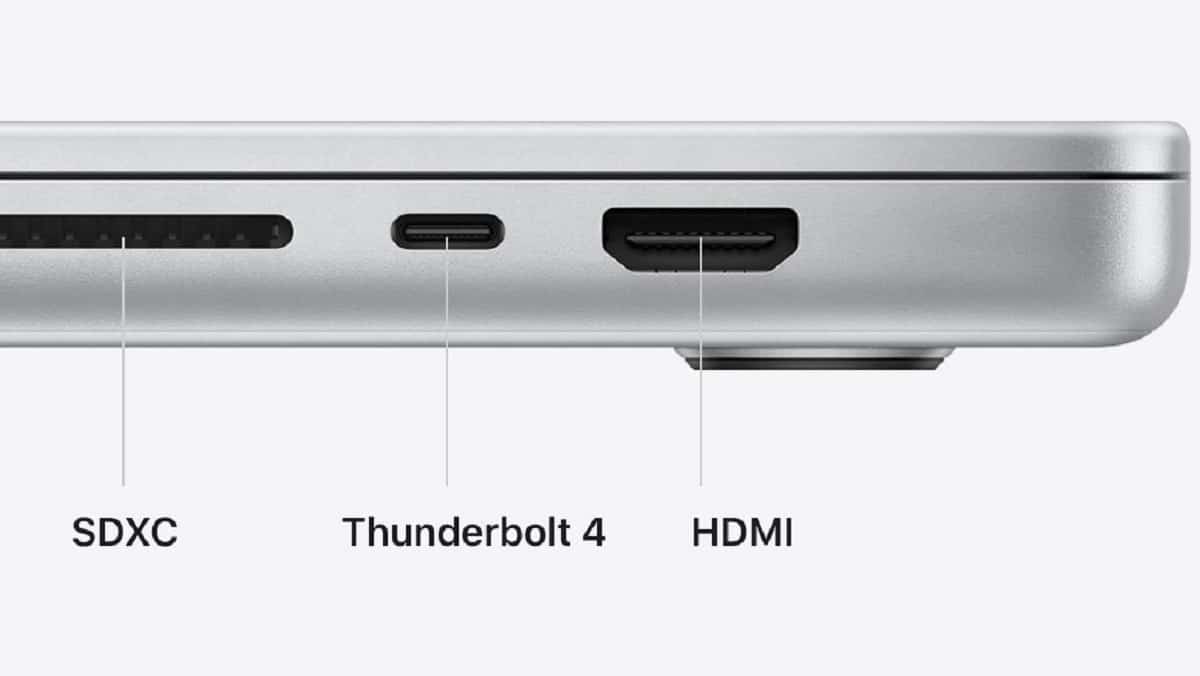
Huge MacBook Pros were unveiled yesterday at the Apple event. A few new laptops that have more than earned the name 'Pro'. With the new M1 Pro and M1 Max chips, with their new 14 and 16-inch screens, they are real beasts ready to give it their all. But it is also that Apple has succeeded in including ports in computers again. The point is, we don't know why they were removed. The fact is that we have them with us again. For the first time in five years, we have HDMI but in its version 2.0
The latest models of Apple MacBook Pro use an HDMI 2.0 port instead of the faster HDMI 2.1 protocolor, severely limiting performance to external displays. For the first time in five years, Apple's new MacBook Pros support digital video output through an HDMI port, allowing connections to external displays, televisions, and other equipment. Previously, such a capacity required one of Apple's expensive accessories.
However, as dCovered by Tapbots developer Paul Haddad, lThe new 14-inch and 16-inch MacBook Pros are based on HDMI 2.0 and as such are only capable of supporting a single 4K display at a 60Hz refresh rate. The most flexible HDMI 2.1 standard, released in 2017, can handle data at up to 48 gigabits per second, enough to support 4K displays up to 120Hz.
HDMI port is only HDMI 2.0, exactly why I'd much rather have had another T4 port, what a waste. pic.twitter.com/zzUXwfGoO8
- Paul Haddad (@tapbot_paul) October 18, 2021
Apple's new M1 Pro chip can drive up to three external 6K displays at 60Hz simultaneously. The M1 Max adds support for yet another display, in total 4K and a 6K display at 4Hz. Both MacBook Pro models also support DVI output, although users will have to pay for an HDMI to DVI adapter. In this way the HDMI makes less sense but that 2.1 protocol would have been fine instead of an older version.